Spice Up Your Plate: A Lighthearted Guide to Indian Cuisine & the Magic of Dish in Indian Cuisine
Table of Contents
Introduction to Indian Cuisine and the Role of Spices
Indian cuisine is a vibrant tapestry of flavors, textures, and aromas that has captivated food lovers around the world. At the heart of every dish in Indian cuisine lies a carefully crafted blend of spices that transforms simple ingredients into something extraordinary. From the fiery heat of chili to the earthy warmth of cumin, each spice plays a unique role in creating the rich and complex flavor profiles that define Indian cooking.
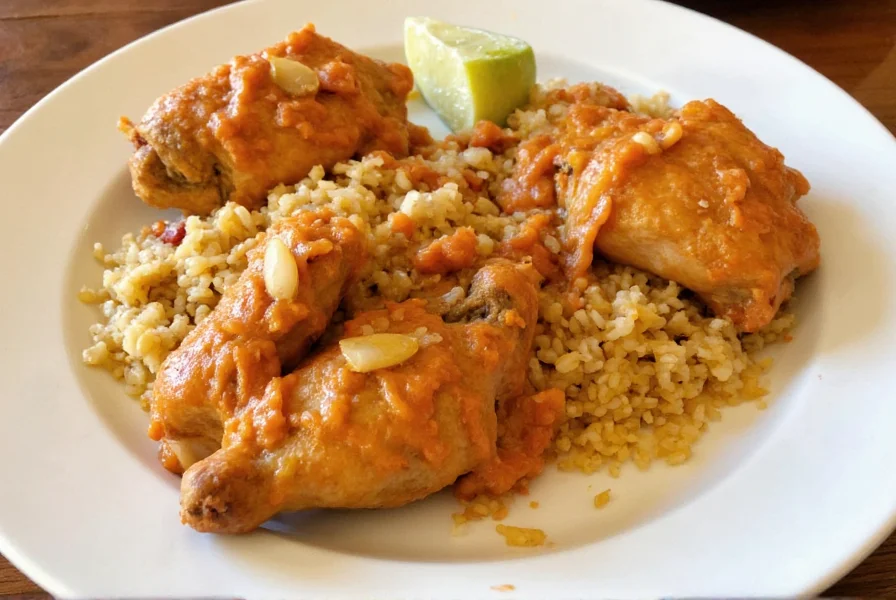
Whether you're a seasoned chef or just starting out, understanding the basics of spices is essential for mastering Indian cuisine. In this article, we'll explore the key elements of spice usage in Indian dishes, share practical tips for using them effectively, and guide you on how to choose the best spices for your next meal.
Understanding Spice Basics: What Makes a Dish in Indian Cuisine Unique
Spices are the soul of Indian cuisine. They are not just used for flavor but also for their medicinal properties and ability to enhance the overall dining experience. Here's a breakdown of some of the most common spices found in Indian cooking:
| Spice | Flavor Profile | Common Use |
|---|---|---|
| Cumin | Earthy, nutty | Used in curries, chutneys, and rice dishes |
| Coriander | Lemony, citrusy | Found in garam masala and as a seasoning for meats |
| Turmeric | Earty, slightly bitter | Used for its color and anti-inflammatory properties |
| Garam Masala | Warm, aromatic | A finishing spice in many Indian dishes |
| Chili Powder | Hot, smoky | Used to add heat to dishes like samosas and biryanis |
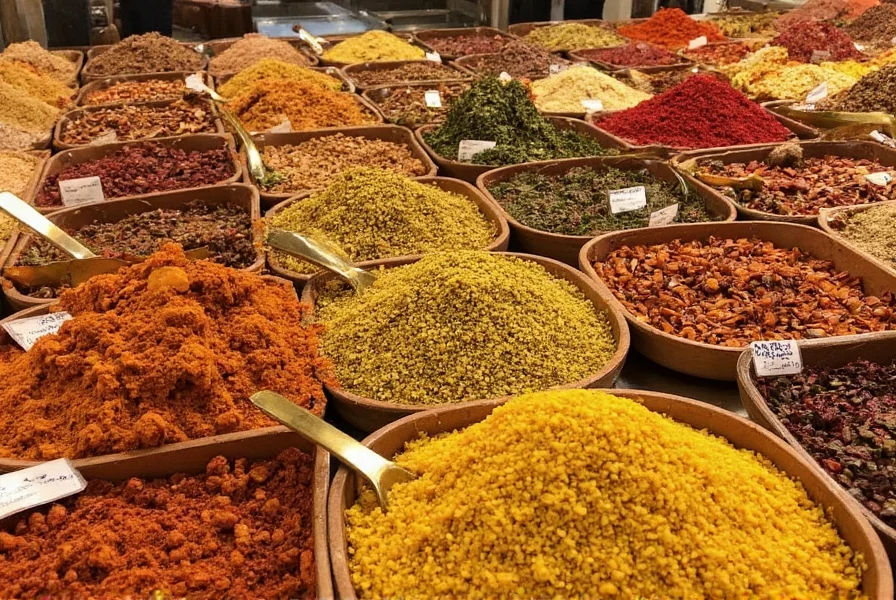
These spices are often combined in different ways to create the signature flavors of various regional cuisines. For example, a North Indian dish like butter chicken relies heavily on garam masala and turmeric, while a South Indian dish like dosa might feature more coriander and mustard seeds.
One of the most fascinating aspects of Indian cuisine is the concept of 'dish in Indian cuisine'—a term that refers to the careful balance of spices, ingredients, and techniques required to create an authentic and flavorful meal. Whether it's a simple dal or an elaborate biryani, every dish in Indian cuisine tells a story through its spice profile.

Practical Tips for Cooking with Spices in Indian Dishes
Mastering the art of Indian cooking starts with understanding how to use spices effectively. Here are some practical tips to help you elevate your dishes:
- Toast Your Spices: Toasting whole spices before grinding them enhances their aroma and flavor. This is especially important for spices like cumin and coriander.
- Use Fresh Ingredients: Freshly ground spices are far more potent than pre-ground ones. Always grind your own spices when possible.
- Layer Flavors: Add spices at different stages of cooking to build depth. Start with whole spices, then add ground spices later for a more complex taste.
- Balance Heat: If a dish is too spicy, add a bit of yogurt, coconut milk, or sugar to temper the heat.
- Experiment with Blends: Don't be afraid to mix and match spices. Garam masala, chaat masala, and sambar powder are all excellent examples of spice blends that can take your dishes to the next level.
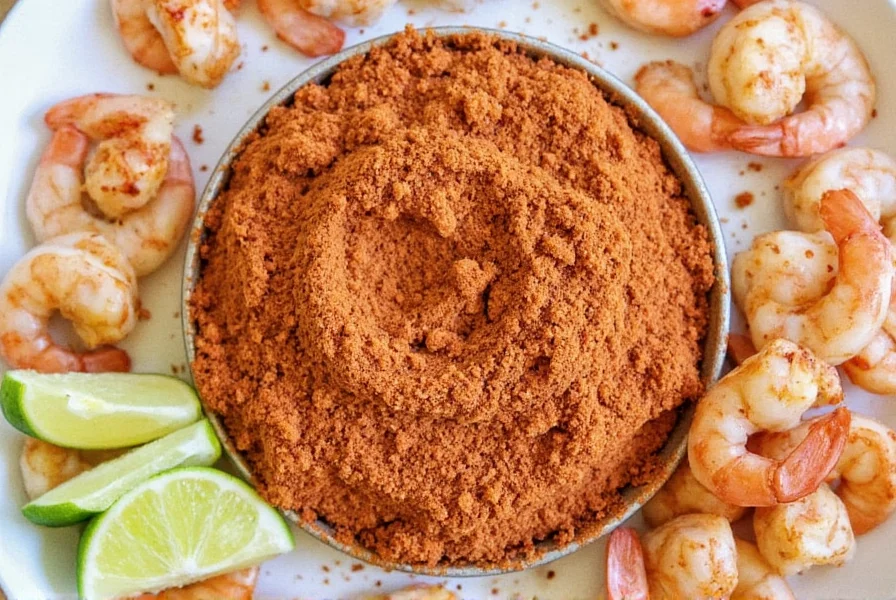
Another key tip is to understand the difference between raw and cooked spices. Some spices, like cinnamon and cardamom, are best used whole and added early in the cooking process, while others, like chili powder and paprika, are typically used after the dish is cooked.
When preparing a dish in Indian cuisine, always keep in mind the balance of sweet, sour, salty, and spicy flavors. This harmony is what makes Indian food so appealing and satisfying.
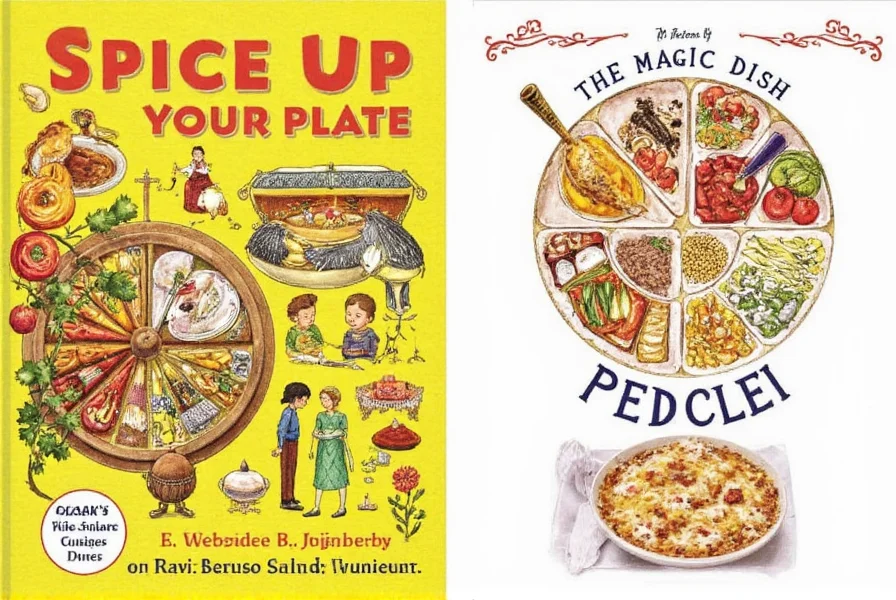
Buying Guide: Choosing the Best Spices for Your Indian Dish
Choosing the right spices can make all the difference in the final outcome of your dish in Indian cuisine. Here’s a detailed buying guide to help you select the best options:
1. Cumin Seeds
Features: Small, oval-shaped seeds with a warm, earthy aroma.
Advantages: Adds depth and complexity to curries, stews, and roasted vegetables.
Use Cases: Ideal for making garam masala, tadka, and vegetable dishes.
Target Audience: Home cooks and professional chefs who value authenticity.
Suitable Occasions: Everyday meals, festive feasts, and special occasions.
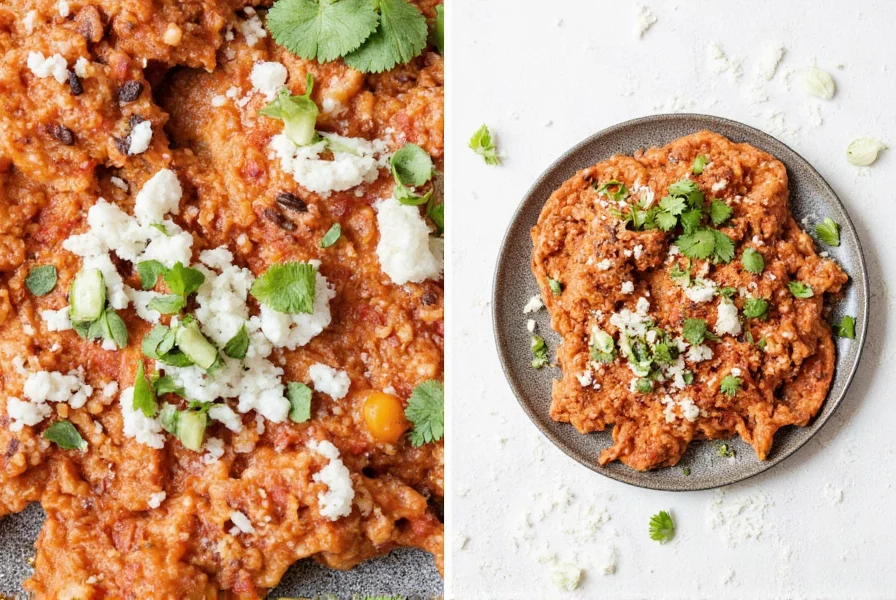
2. Coriander Seeds
Features: Light yellow, round seeds with a citrusy scent.
Advantages: Adds a fresh, lemony note to dishes, balancing spiciness.
Use Cases: Used in garam masala, chutneys, and rice dishes.
Target Audience: Anyone looking to add brightness to their meals.
Suitable Occasions: Lunch, dinner, and casual gatherings.
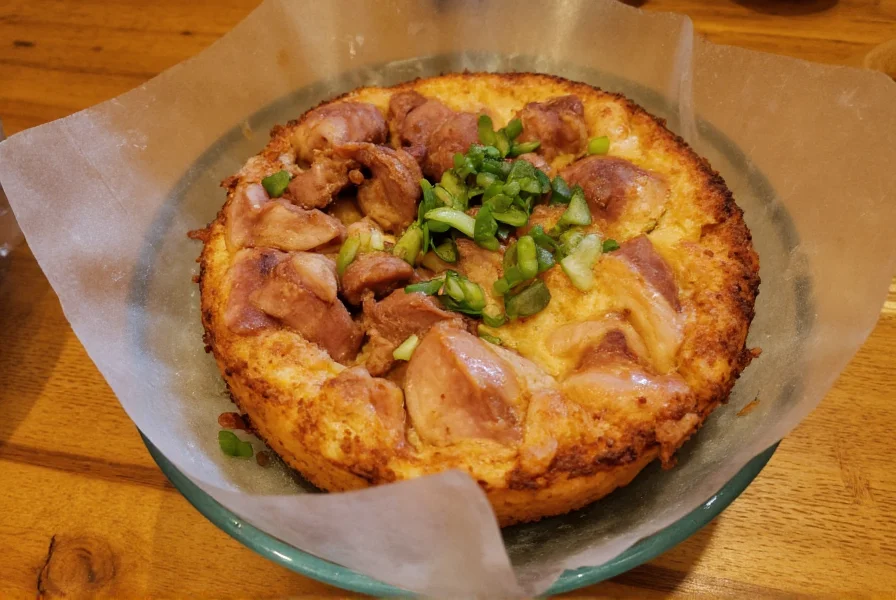
3. Turmeric Powder
Features: Bright yellow powder with a slightly bitter, earthy flavor.
Advantages: Adds color and health benefits, including anti-inflammatory properties.
Use Cases: Common in lentil soups, rice dishes, and meat marinades.
Target Audience: Health-conscious individuals and traditional cooks.
Suitable Occasions: Everyday meals and celebratory events.
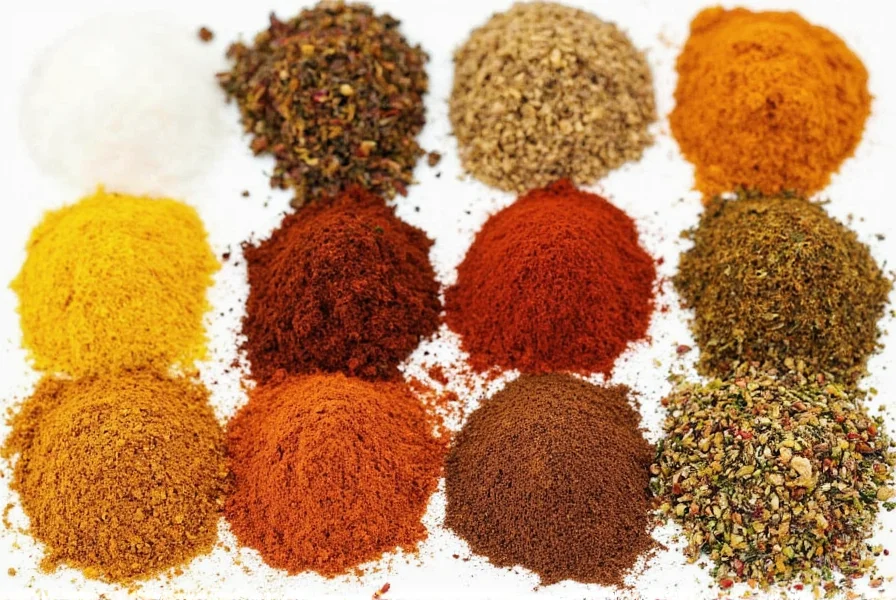
4. Garam Masala
Features: A blend of warming spices like cinnamon, cardamom, and cloves.
Advantages: Adds a deep, aromatic finish to dishes.
Use Cases: Used in curries, meat dishes, and desserts.
Target Audience: Chefs and home cooks who want to elevate their cooking.
Suitable Occasions: Special dinners, family gatherings, and holiday meals.
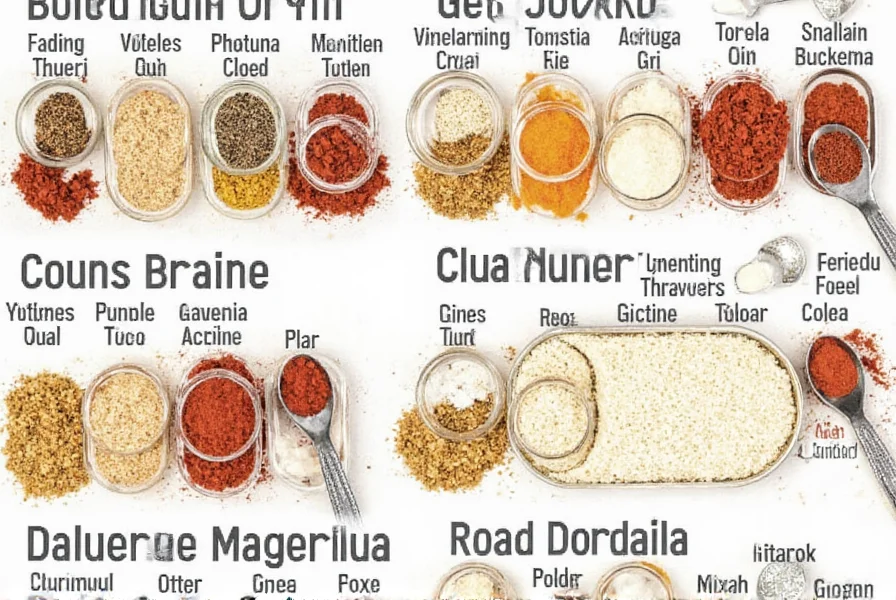
5. Chili Powder
Features: Ground red peppers with a range of heat levels.
Advantages: Adds heat and color to a variety of dishes.
Use Cases: Perfect for samosas, biryanis, and spicy chutneys.
Target Audience: Spicy food lovers and adventurous cooks.
Suitable Occasions: Parties, game nights, and bold flavor experiences.
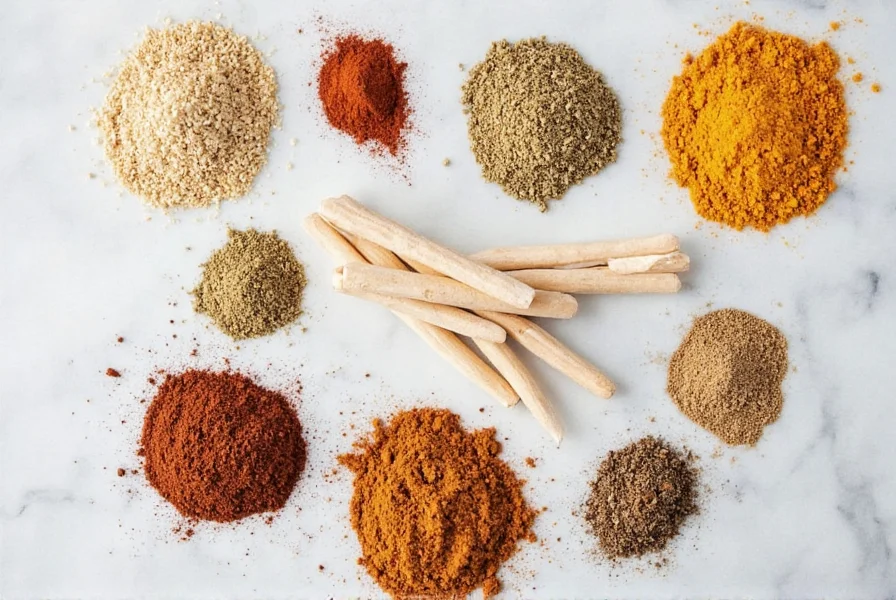
When purchasing spices, always look for high-quality, organic options that are free from fillers and artificial additives. Store them in airtight containers away from direct sunlight to preserve their potency.
Conclusion: Embrace the Flavor of Indian Cuisine
Indian cuisine is a celebration of flavor, culture, and tradition. Every dish in Indian cuisine is a testament to the skill and creativity of its cooks, who use spices not just for taste but for their transformative power. By understanding the basics of spices and how they work together, you can unlock a world of delicious possibilities in your own kitchen.
Whether you're making a simple dal or an elaborate biryani, remember that the key to a great Indian dish lies in the balance of spices and the care taken in its preparation. So go ahead—spice up your plate and savor the magic of Indian cuisine.
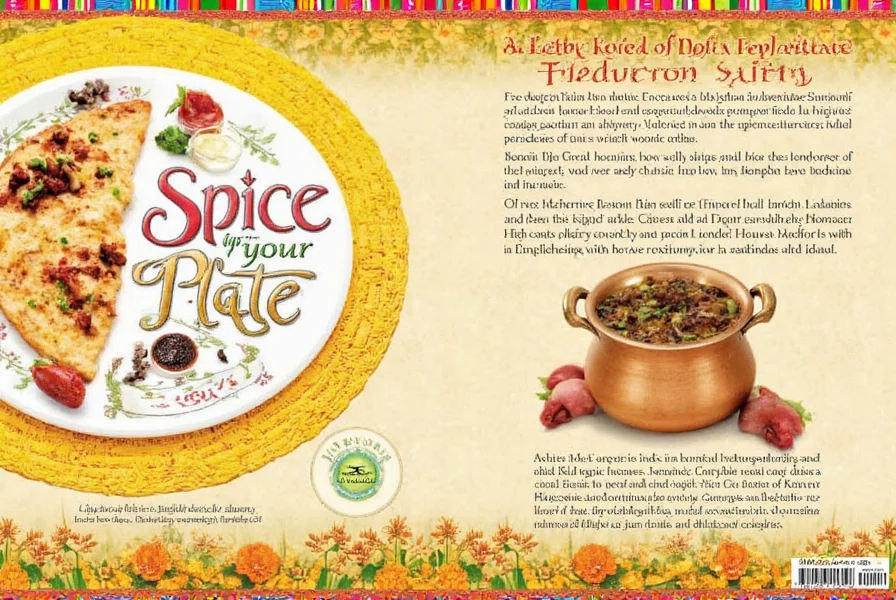

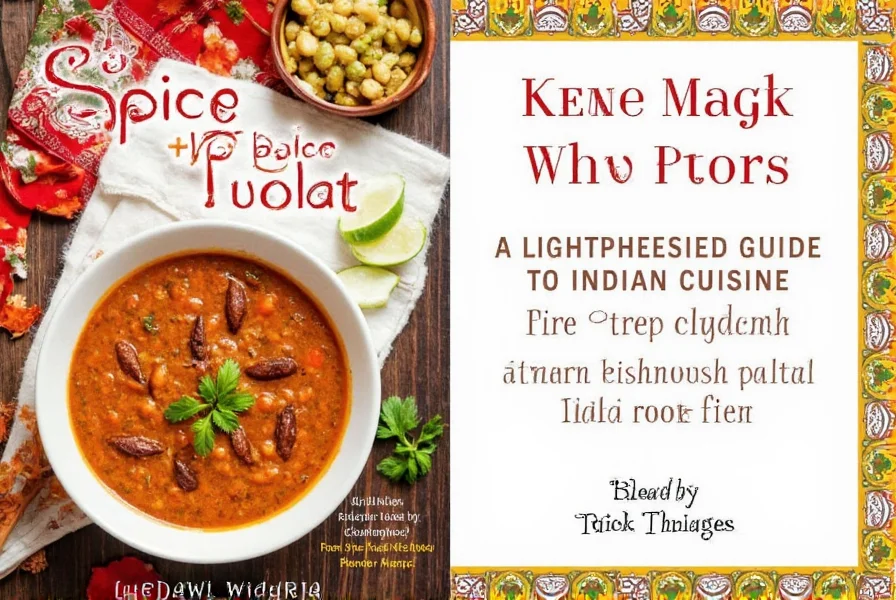









 浙公网安备
33010002000092号
浙公网安备
33010002000092号 浙B2-20120091-4
浙B2-20120091-4